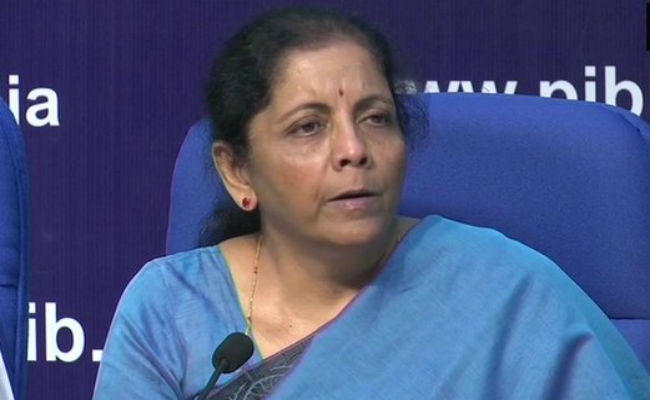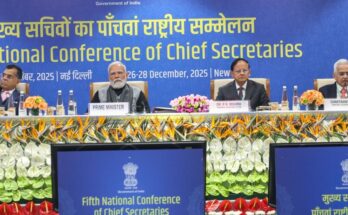nion Finance Minister Nirmala Sitharaman on Saturday asserted that the Capital Expenditure (CAPEX) of Maharatna and Navratna Central Public Sector Enterprises (CPSEs) should be given a vigorous push in the next two quarters to accelerate the economic growth rate.
Sitharaman, who chaired a meeting with top brass of CPSEs, said the CAPEX plan has to be firmed up and followed up with ground level execution. So therefore the finance ministry would monitor the capital expenditure regularly.
Setting October 15 as the deadline to clear overdue payments of vendors and contractors, the CPSE are now directed to ensure that regular payments are cleared expeditiously as it spurs investment cycle and establish e-Billing portal for enabling stakeholders to track the status of payments. Special efforts must be made to clear dues of MSMEs and resolve cases on the SAMADHAN portal of Department of MSME.
Government also wanted the CPSEs to double their contribution to the gross domestic product (GDP) and be the ”third major source” of revenue for the Centre after direct and indirect taxes.
The combined capital expenditure by the Central Public Sector Enterprises (CPSEs) and Departmental Undertakings (DUs) such as the NHAI and the Indian Railways contribute in substantial measure to fixed assets creation in the economy. CPSEs are also a major contributor to public procurement of works, goods and services. Public procurement as a percentage of GDP in the country is estimated between 20 per cent to 22 per cent. For a size of Indian economy at 2.7 trillion US dollars , this amounts to public procurement to the tune of 500 billion US dollars annually.
A major transformation has taken place in the last few years in the way procurement is made in the Government by setting up Government e-Marketplace (GeM) and the Central Public Procurement Portal. This allows procurement to take place in a completely paperless, cashless and system driven e-market with minimal human interface. These platforms help in not only making public procurement efficient and accountable but also enhances resource efficiency.
Capital expenditure is basically the money spent by a business or organisation on acquiring or maintaining fixed assets, such as land, buildings, and equipment.
The participating CPSEs presented their Capital Expenditure (CAPEX) till August 2019 with the Finance Minister and explained their plans for the next two quarters. ONGC has a capex plan of Rs 32921 crore for FY 2019-20. Its capex till August 2019 was Rs 8,777 crore which was 26.66 per cent of the total planned capex. Indian Oil Corporation has a capex plan of Rs 25,083 crore of which 8,173 crore ( 32 per cent) has been spent. NTPC has made CAPEX of Rs 8490 crore (42 per cent) out of a plan of Rs 20,000 crore.
The CPSEs which participated in the meeting have plans of making capital expenditure of Rs 50,000 crore in the next quarter. (UNI)




